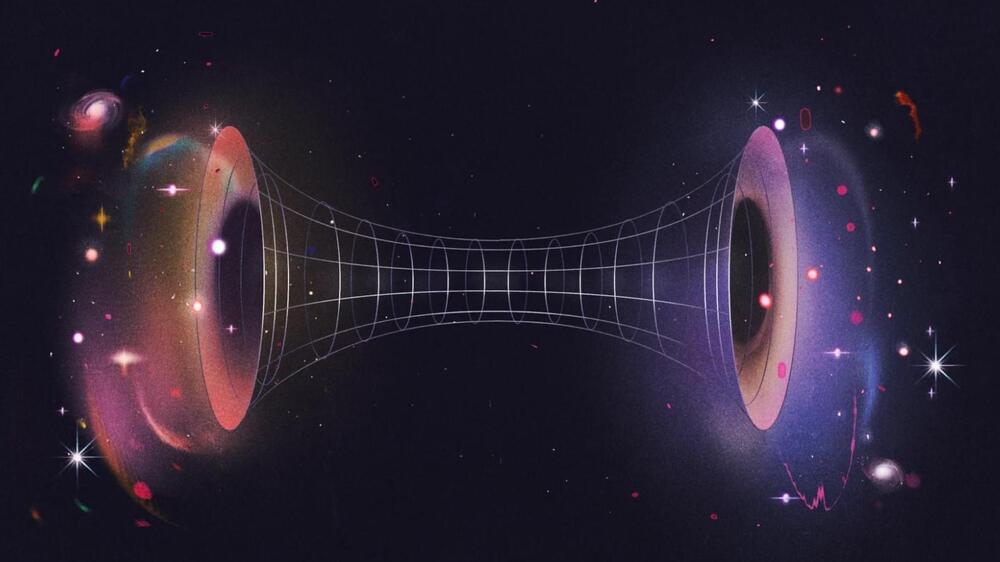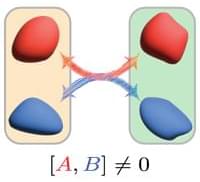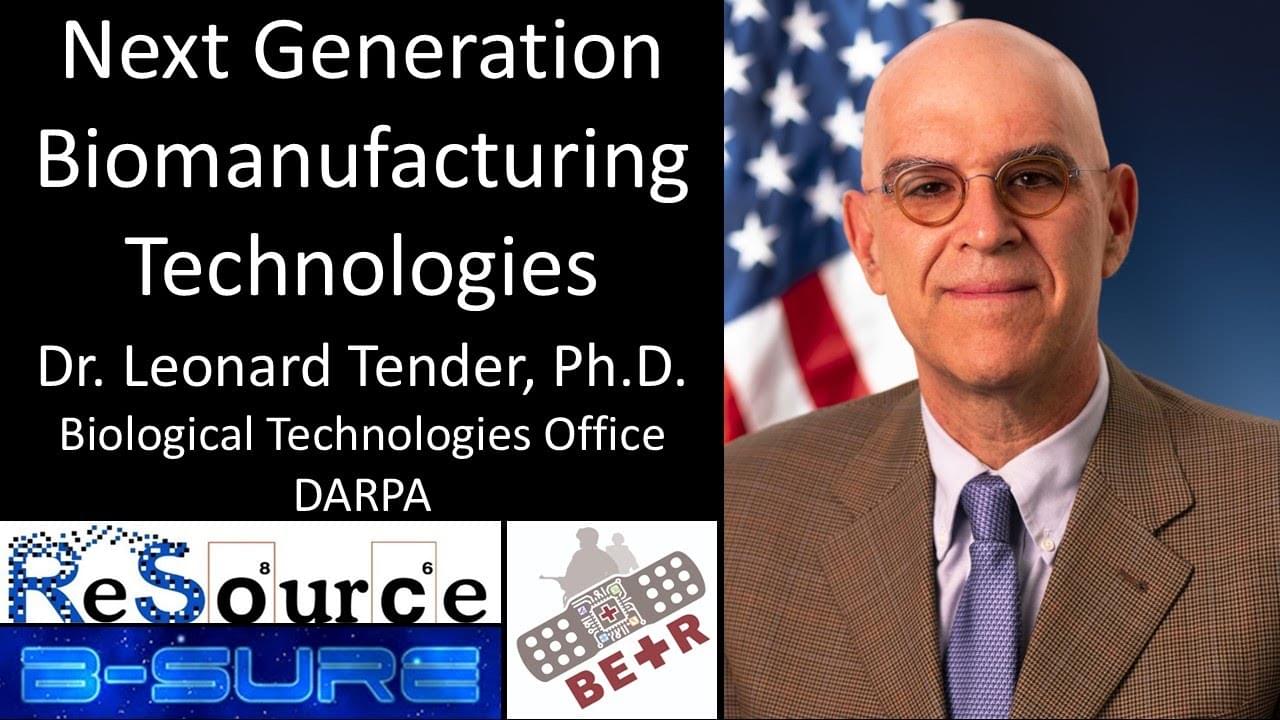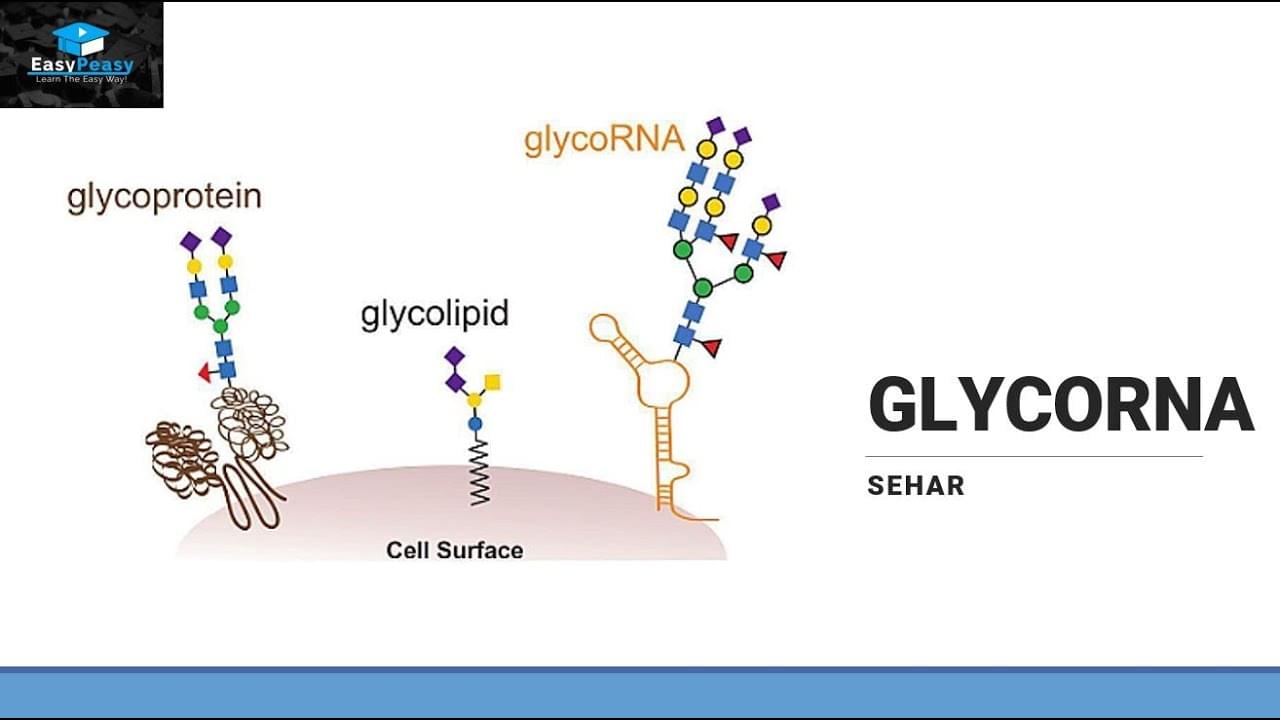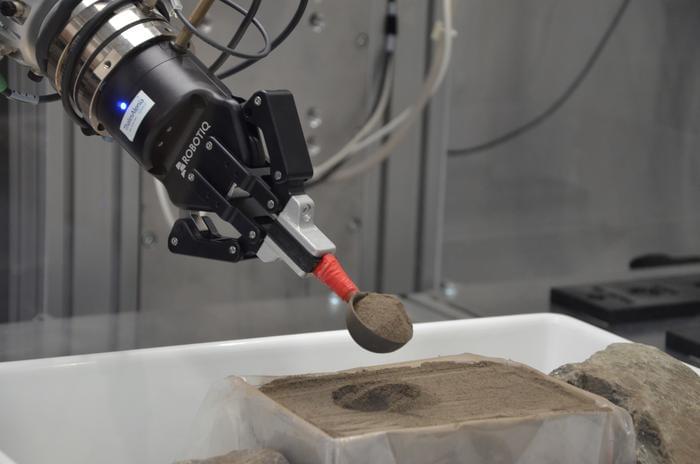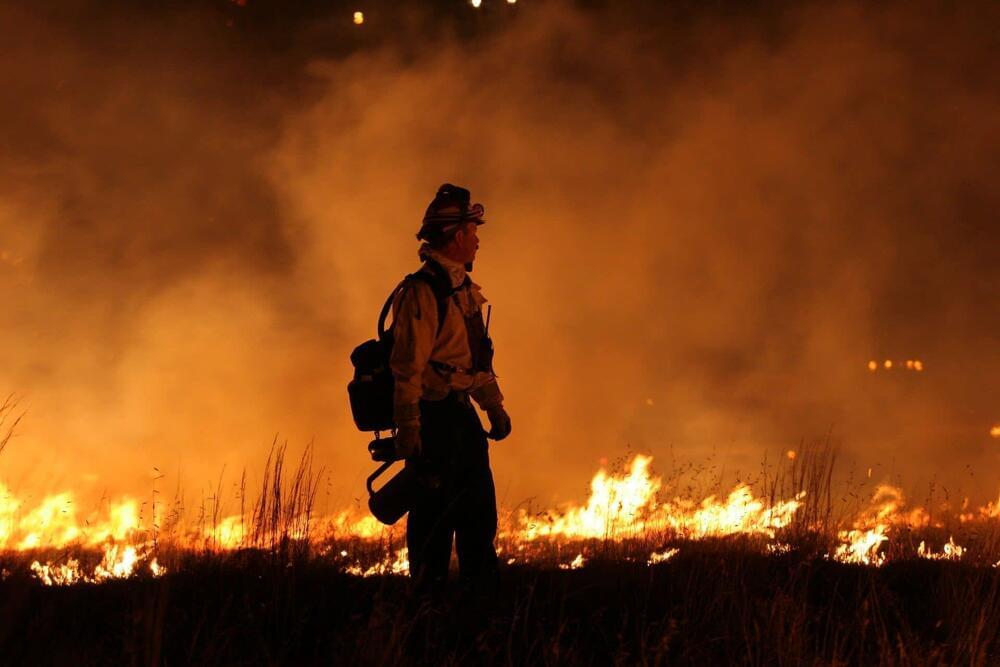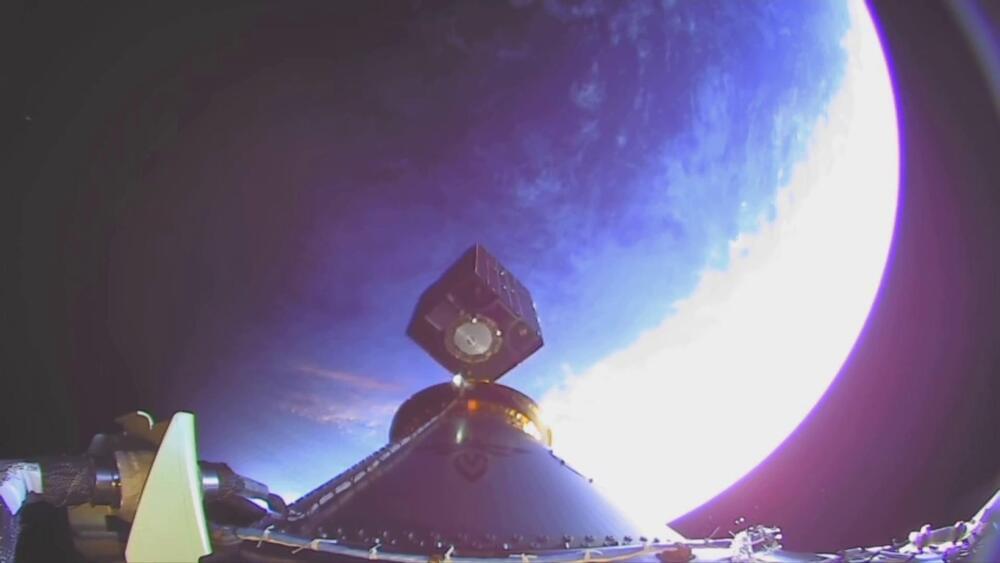Oct 17, 2024
The Milky Way May Host A Massive Wormhole — New Research Paper Reveals
Posted by Arthur Brown in categories: cosmology, physics
Our very own Milky Way could host a huge bridge in space-time. At least, that’s what the authors of a recent study have suggested. According to the group, teamwork between Indian, Italian, North American scientists and scientists from other countries at the International School for Advanced Studies (SISSA) in Italy.
The central disk of Milky Way may host the necessary dark matter to support the formation and nourishment of a “stable and controllable” tunnel to a distant section of space-time –known as a wormhole. The group’s study was issued in the November 2014 issue of Annals of Physics. A pre-print of this research paper is also available at arxiv.org.
Wormholes (also known as Einstein-Rosen Bridge) were first theorized by Albert Einstein and Nathan Rosen in 1935. Albert Einstein and Nathan Rosen suggested their idea as a way to get around the notion of black hole singularities.
